Full Name Phoebe Burnett Parents Leo Burnett Education Swarth College | Nationality American Known for Birdwatching Name Phoebe Snetsinger | |
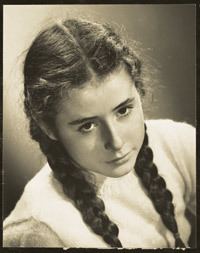 | ||
Residence Webster Groves, Missouri, United States | ||
Cause of death Road traffic accident | ||
Phoebe snetsinger google doodle 85th birthday of birder phoebe snetsinger
Phoebe Snetsinger, née Burnett (June 9, 1931 – November 23, 1999), was an American birder famous for having seen and documented birds of 8,398 different species, at the time, more than anyone else in history and the first person to see more than 8,000. Her memoir, Birding on Borrowed Time, explores this achievement. She traveled the world multiple times to find birds in their habitats.
Contents
- Phoebe snetsinger google doodle 85th birthday of birder phoebe snetsinger
- Phoebe snetsinger doodle
- Early life and education
- Birding career and melanoma diagnosis
- Memoir
- Awards and honors
- Death
- Personal life
- References
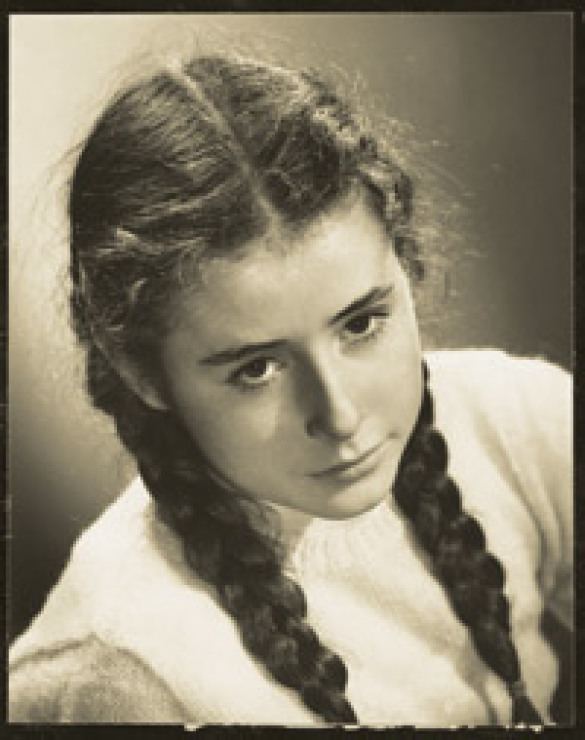
After receiving a melanoma diagnosis at age 50, she took birding up more avidly, becoming known as a sharp observer who kept detailed notes. She was described as having had an excellent memory, and a strong competitive spirit.
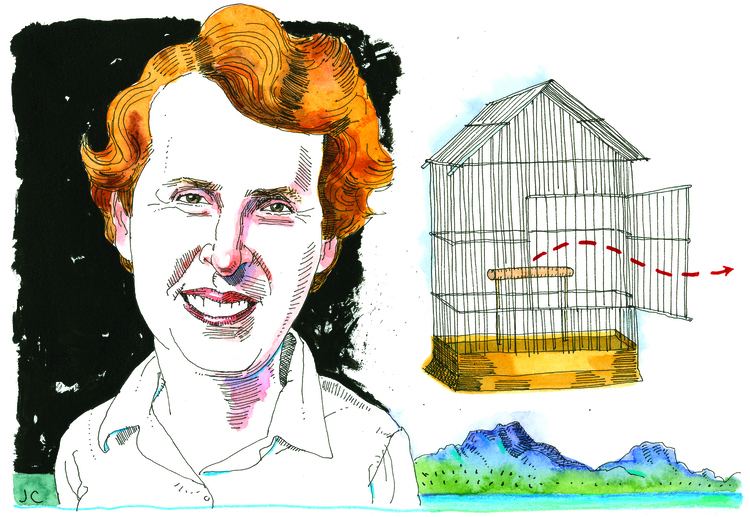
Her multiple expeditions around the world occasionally proved to be quite dangerous. Initially driven to join the competition of seeing the most birds by the prognosis that her disease was fatal, she died in a vehicle accident while birding in Madagascar about 18 years after the diagnosis.

Phoebe snetsinger doodle
Early life and education
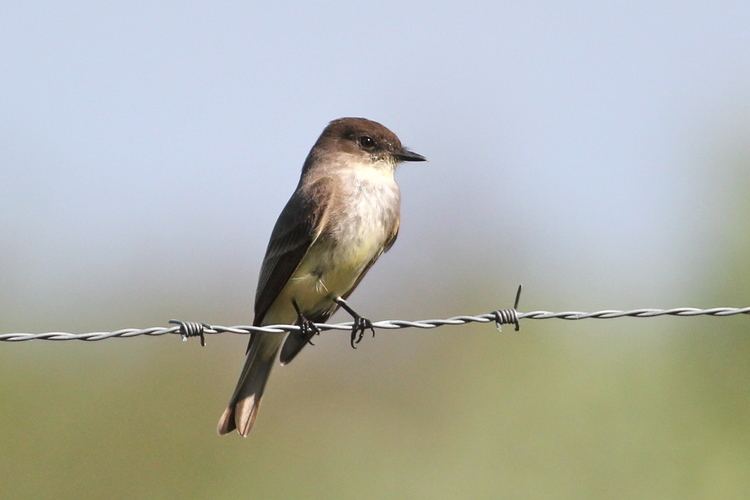
Phoebe Burnett was born on June 9, 1931, to Naomi Geddes and Leo N. Burnett and was raised in Lake Zurich, Illinois. She attended a small elementary school in Lake Zurich with only two other students.
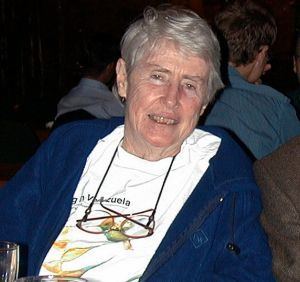
At the age of 11, she met her future husband, David Snetsinger (who was 13), at a 4-H club. She went on to study at Swarthmore College and graduated as a German major. After her husband's military service in Korea, they both went on to study for a master's degree, in which she obtained a masters in German literature.

Her father was Leo Burnett, a legend in the advertising industry, from whom she inherited many of the traits that led to his success in business and a considerable fortune after his death in 1971. These funds aided in paying for numerous trips in pursuit of her later life hobby.
Birding career and melanoma diagnosis
Snetsinger was inspired to begin birding after seeing a Blackburnian warbler in 1961. Her first bird watching trip was in 1965 in Minnesota with a friend. She became locally known as a successful birder in the 1970s. Snetsinger was spurred to find the most birds after her doctor diagnosed her with terminal melanoma in 1981, the year she turned 50 years old. Instead of convalescence at home or pursuing treatments, she took a trip to Alaska to watch birds, and returned home to find the cancer in remission. The cancer went into remission about five years at a time, then would recur. She sought surgical treatment for one recurrence.
After that Alaska trip, Snetsinger travelled widely to identify birds and see new places in the world. She visited remote areas, sometimes under unstable political conditions, to add to her growing life list. As an amateur ornithologist, she took copious field notes, especially regarding distinctive subspecies, many of which have since been reclassified as full species.
When Snetsinger began observing birds, there were about 8,500 known species, compared to about 10,000 in the year of her death. In 1995 she submitted a list of 8,040 species she had documented to the American Birding Association (ABA) and to the Guinness Book of World Records. She was the first person to exceed 8,000 species observed, in 1995. By the time of her death, she had identified and documented 8,398 species, nearly 85% of the known species in the world. Her observations included 2,000 birds in monotypic genera, that is, the only species in the genus. Her detailed notes on the birds she saw were expected to lengthen her list, as some were likely to be identified as new species after her death.
Reviewing the biography of Snetsinger by Olivia Gentile, Frank Graham, Jr. compared her strong competitive spirit with that of Danica Patrick in auto racing and Judit Polgár of Hungary in chess, both women successful in male-dominated fields. Snetsinger travelled about four months each year, spending the rest of the year studying photos of birds, quite aware of the competition. Her mother saw this activity as that of “a bird afraid of being caged.” She missed her mother's funeral and the wedding of one of her daughters while on trips to observe birds.
The long time of remission gave her a sense of invincibility, though she endured injuries, and in Papua New Guinea, she was gang-raped by five men with machetes. She returned to Papua New Guinea the next year. Her treks took her to deserts, swamps, jungles and mountains on every continent several times over. Over her career, she survived malaria, a potentially deadly boat accident, and being taken hostage in Ethiopia. According to birder Nate Swick, birding in 2016 is much less effort than when Snetsinger did her work of observing birds in their habitat, as many nations have promoted ecotourism to strengthen their economy, and Snetsinger is seen by other birders as a pioneer. Tony Bennett, who knew her from birding in New Mexico, said she was the “consummate craftsman of bird-watching . . . intense, and knowledgable.”
Memoir
Snetsinger's memoir, entitled Birding on Borrowed Time, was published posthumously in 2003 by The American Birding Association (ABA). The publisher described it in this way: "More than merely a travel narrative, the book is also a profoundly moving human document, as it details how Phoebe Snetsinger's obsession with birds became a way of coping with terminal illness."
Awards and honors
In 1994, the Guinness Book of Records named her "the world's leading bird-watcher".
In a 1995 interview in her home town of Websters Grove, Missouri, "Snetsinger says a serious birder who goes out with experienced companions once a week might accumulate 200 new species in a year as she once did. After a year like that, however, the pace slows down drastically, since you will have seen almost all the state's common species." She was acknowledged as the "current world record holder, with more than 8,000 bird species to her credit" in that article.
In 1999, the Guinness Book of Records said of Phoebe Snetsinger: "TOP BIRD-WATCHERS Phoebe Snetsinger of Webster Groves, Missouri, has spotted 8,040 of the 9,700 known bird species since 1965".
In 2010, she was described as one of two people ever to see more than 8,000 species of birds.
To honor Snetsinger on her 85th birthday, on June 9, 2016, a commemorative Google Doodle was posted.
Death
On November 23, 1999, while on a birding trip in Madagascar, the van in which Snetsinger was riding overturned, killing her instantly. The final bird she observed before the accident was the red-shouldered vanga, a species which had been described as new to science only two years before, in 1997.
Personal life
Phoebe and David Snetsinger had four children, three of whom are bird researchers in the United States. At the time of Phoebe's death, Carol was involved in research on birds in Alaska and Montana; Susan was "a student of the spotted owl in the Northwest" of the U.S.; and Thomas was researching endangered species of birds for the federal government. Their third daughter, Penny, is a chemistry professor at Sacred Heart University in Fairfield, Connecticut.
As described by Frank Graham, Jr. in his review of Olivia Gentile's biography of Snetsinger, Life List, her earlier hobby before bird watching was writing poetry, which Graham, Jr. describes in this way:
"[I]nwardly, Snetsinger was consumed by boredom, frustration, and gloomy musings, which she expressed only in secret fits of poetry writing,"
feelings which he describes as being more thoroughly addressed by her later developing aspiration to document species of birds. At the time of her death, Snetsinger was a resident of Webster Groves, Missouri, a suburb of St. Louis.
